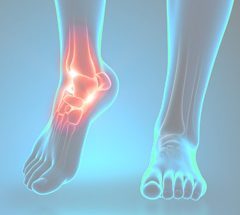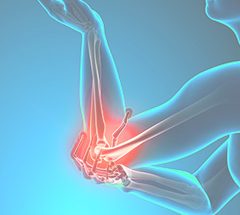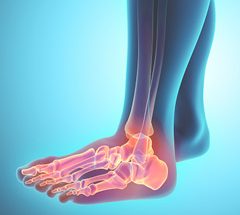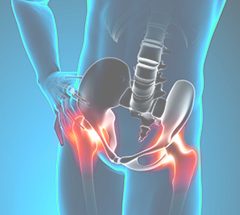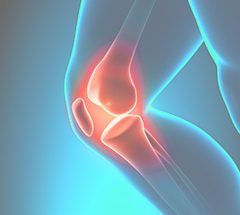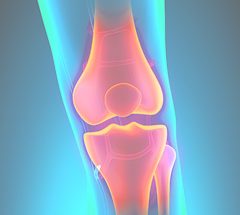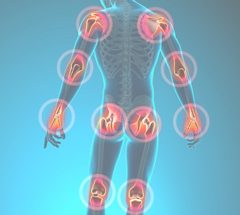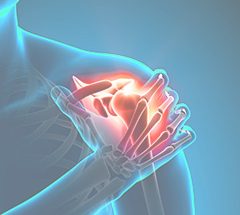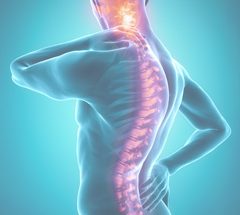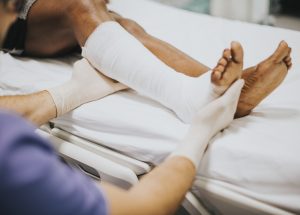
Ron Gregush, MD
Hip pain can be a very frustrating and debilitating problem. It can lead to avoidance of physical activity, lack of sleep, weight gain, and even depression. Hip pain can affect people of all ages and can be due to a number of different causes. Recent advances in the diagnosis and treatment of hip disorders have led to less invasive treatment options, faster recovery, and better outcomes in the treatment of hip pain.
One of the most common causes of hip pain is arthritis. Arthritis occurs when the smooth cartilage lining of the hip joint wears out over time. This often manifests as hip or buttock pain that is worse with activity. Conservative treatment options include physical therapy, non-steroidal anti-inflammatory medications (NSAIDS), such as Aleve or ibuprofen, weight loss, steroid injections, and the use of a cane or walker. When these modalities are no longer adequate to treat the hip pain, hip replacement is a very effective and reliable treatment options. A hip replacement involves replacing the worn out hip joint with metal, plastic, and, sometimes, ceramic components. Historically, this was a big operation performed through a large incision that often required spending 4 or more days in the hospital. Newer surgical techniques have focused on smaller incisions, muscle sparing approaches that avoid cutting muscles and tendons during the procedure, better pain control with less narcotic requirements postoperatively, and faster mobilization and recovery. In particular, a hip replacement performed through an anterior approach can lead to faster recovery and lower dislocation rates postoperatively. Typical recovery after a hip replacement now involves an overnight stay at the hospital or, in some select cases, even discharge home the same day with the proper preoperative preparation. The materials used in hip replacements have also undergone significant advances that have led to the replacements lasting much longer than they did only 15-20 years ago.
Significant advances have also been made in the diagnosis and treatment of nonarthritic causes of hip pain, especially in younger patients. Causes of nonarthritic hip pain include muscle or tendon tears, trochanteric bursitis, hip dysplasia (a condition where the hip socket does not adequately develop), labral tears, and femoroacetabular impingement (FAI).
Femoroacetabular impingement, also known as FAI or hip impingement, is caused by an abnormality in the shape of either the thigh bone (femur) or hip socket (acetabulum) that causes the bones to rub or pinch against each other. Over time, this can lead to tearing of a structure called the labrum (a ring of cartilage that gives the hip a “suction seal”) as well as degeneration of the cartilage lining of the hip joint. In severe cases, FAI can lead to arthritis at a very early age, sometimes even in a patient’s 30s. Fortunately, if the condition is diagnosed early and treated before the development of arthritis, patient’s may be able to delay or even avoid the development of arthritis altogether. FAI and labral tears can be treated in a very minimally invasive fashion through the use of arthroscopic techniques that involve making only 2-3 incisions around the hip joint.
Recent advances in the diagnosis and treatment of hip disorders led to patients recovering more quickly and easily hip surgery with a more reliable outcome.

